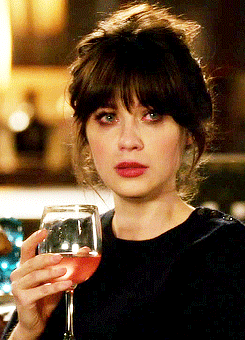SHORT ESSAY
Initially, my first thought was regarding the concept of Netflix itself. In Lobato’s “What is Netflix”, Netflix does not have a clear definition as it has evolved in it’s function throughout the years and also is defined in a relatively vague manner by the company itself. The reason why knowing what Netflix is meant to be is so that we can study and learn their intentions behind some of their certain decisions. For example, Netflix is not only a movie streaming platform, but also a production company that creates it’s own shows, movies, animations, and documentaries. Netflix originals have been rising to the top of the charts in the most watched list on Netflix and this is due to Netflix’s control over which content to promote to the majority through their own platform. So Netflix being both a production company as well as an “internet subscription service” as Lobato states, allows it to promote their Netflix Originals above the rest. This is resulting in Netflix Originals being one of the most popular pieces of content globally as they are being the most watched worldwide. The reason why this is important to know is because in this podcast we are going to discuss how this is creating a mainstream view/portrayal of women through the eyes of the Netflix company. Whatever/whichever way that Netflix would like to potray women in their countless successful shows and movies, causes a huge impact on the image of what women are in the media culture (mostly content consumers).
Shows that focus heavily on the image of a woman through strong woman lead characters would be shows such as: Orange Is The New Black, New Girl, The 100, Gray’s Anatomy, etc… It is fair to say that Netflix doesn’t seem to shed a publicly negative light on women and there will always be exceptions, but that doesn’t take away from the fact that a male gaze exists within the company’s script writers. A male gaze is the act of depicting a female character’s relatability within a show through a male set of eyes. This makes it an “unreliable gaze” almost. In Morely’s “Changing Paradigms in audience structures”, the terms Kernel and Satellite were discussed and explained in order to provide a clear understanding of when a film is portraying the main perspective for the audience, regardless if it is the protagonist or not. In this case, an extreme example could be where all women are in the satellite position even though that is not the case. The main issue is how a woman is portrayed when she does achieve the Kernel startus within any piece of content being displayed on Netflix. In the show Vikings, whenever one of the female main characters Lagartha is being portrayed as the main perspective of the episode/episodes, it is mainly on how she is benefiting the main protagonist Ragnar. Ragnar is the main Kernel but throughout the shows we get to see different perspectives from the other main characters around him. Whenever the show focuses on female characters it is focused on how they benefit the male protagonist. But when they place male main characters such as Rollo as the kernel, the plot is about how he is going to develop as a character through the different traumas and mistakes that he has to live through.
In conclusion, this podcast is going to focus on discussing and showcasing the different ways a women has been portrayed on TV, as well as specific examples from Netflix Originals. The objective of this podcast is to observe the evolution of womanhood on TV and how it effected the mainstream hollywood look and feel a female character is meant to have. This podcast will be filled with questions and discussions in order to establish the following: A main argument, critique on how Netflix Originals portrays women, reason for such portrayal, what is a male gaze? How can subjectivity be avoided, and many more topics regarding the main issue at hand.

